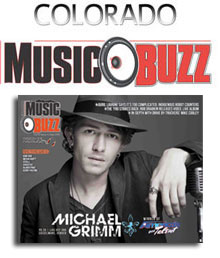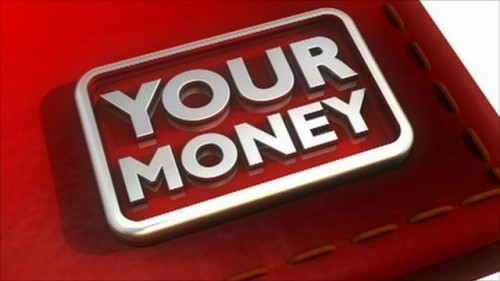The Manager’s Corner February 2013
by Chris Daniels
I’ve managed my own band since the 1980s and despite the amazing change in technology, success in the music business is built around four tried and true elements: great music, really hard work, and timing (often mistaken for luck). The other key element is getting the help you need to make that luck happen. These days that help is everywhere. The book I wrote for my UCD class on artist management is called “DIY: You’re Not in it Alone” and that is exactly what you need to understand.
“Get your money for nothing and your chicks for free,” was the line in Mark Knopfler’s hit song. But the reality, as of a new study that was just released by Northwestern School of Law is that only 12% of money that the average working musician/artist makes is now coming from the sale of songs and recorded music. This is a HUGE switch from 1995 when roughly 60% of artist revenue came from the sale of CDs and publishing, (roughly 10 years after the “Brothers In Arms” track hit MTV).
What that means for DIY artists, is that we have to become much smarter about revenue sources and using them all. If you are an independent artist, you’ve seen the crowding of the ‘live performance’ marketplace like never before. EVERYBODY is out gigging because that is, literally, the last money oasis in the desert. Between freelance performance and a ‘regular gig’ performance (like playing for a pit band or a weekly jazz gig at a restaurant), musicians are gaining almost half their living by playing gigs, (46%) according to the same Northwestern study.
So how are working musicians making up the rest? By teaching (30%), session gigs (15%), merch, and “other” jobs – like writing charts etc. And what this means is that you HAVE to get smart about your revenue sources, and treat them with respect (the venues and festivals you work for), plus ‘mine’ for as many new sources as you can for added income.
Here are two examples of revenue streams that most musicians are not tapping: (1) Your performing rights organization (PRO) has got a section on its website for registering the songs you WROTE and play at the gigs you performed so you can pick up some PRO money. You need a few things in place – you need to be affiliated with a PRO (ASCAP, BMI or SESAC), and you need to have set up a publishing company (or be signed to one) that is affiliated to the same PRO as you are. Then it is simple. You go to the site of your PRO (I’m BMI and so is my publishing company) and log in (I’m assuming you have registered your songs with your PRO). Then I go to the “BMI Live” section of the website and log in the date, venue, number of people, whether a cover charge was collected, phone, address (of the venue), and the songs I played in my set.
It takes about 5 to 10 minutes per gig, but here is the payoff: I just received my first checks for me as a songwriter (and my publishing company) for about $400 for 30 gigs I did ($200 for me and $200 for my publishing company). Now, if you play the average Toad Tavern, Little Bear, Swallow Hill, Larimer Lounge gig, you are probably making somewhere between $50 and $200 per night/per musician (that is assuming you have made it to a professional level). Those checks equal, roughly, playing four gigs –or “money for nothing” – or just a little registering effort; as far as the chicks, I don’t know about you, but I find that there is no such thing as a free date … male or female.
Example 2: Take some time to research your merch offerings. It means making a few mistakes, so start out small. Don’t order 100 black t-shirts because you are getting a great deal. Order just enough to start figuring out what people WANT and what SIZE your audience is. If you are a young EDM DJ, your crowd is probably skinny and they drink a ton of water because of the ecstasy. Ok, ok, maybe it is just because they are dancing their ass off, but watch what they like–water bottles and skinny medium t-shirts? Whereas, a blues band with a 30-to-50-year-old crowd wants lighters for the break in the parking lot and bigger shirt sizes. Also, really, really important, get yourself a cellphone credit card reader. It’s easy and cheap and you will double your sales when your fans can put it on plastic.
As I survey my students (and I have almost 300 this term at CU), I’m sad to say that the majority believes that the value of online-recorded music is next to nothing, and this is the reality. If you have been selling CDs at your gigs you have seen that number drop, while things like vinyl has shot up in sales. (Which brings up an interesting point. Why are we willing to pay $14 for an LP and yet we all stream those same songs on Spotify for next to nothing? Why does the LP version of the song have value and the digital version have next to none?) But the real point is, you must augment your income streams with new revenue sources. The future for the average working musician is not clear, but if we get smart and become savvy at these new tools, we can all bring great things to our fans (LPs and great merch – killer shows with great songs) and begin to replace some of the lost revenue from the sale of digital songs and masters with new revenue streams.
Category: Shop Talk






